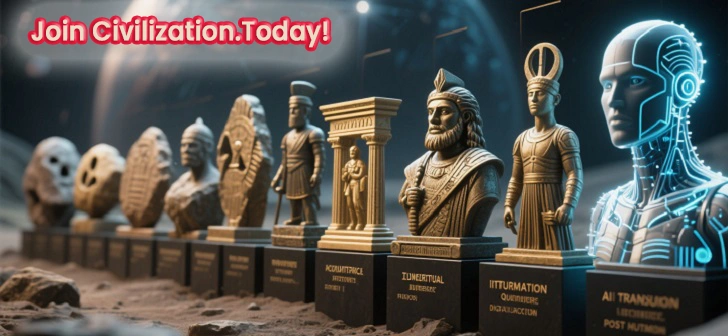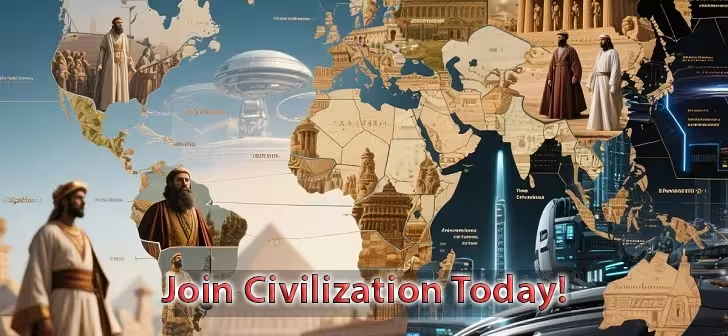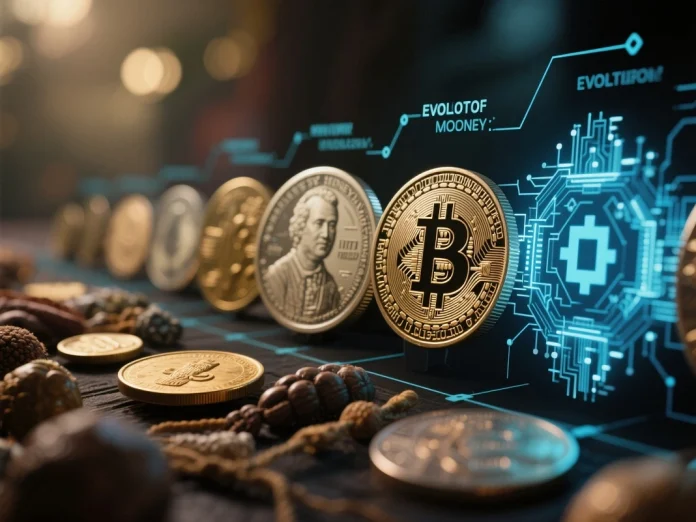The evolution of money is one of the most fascinating stories in human history. From ancient marketplaces where goods were swapped without a single coin, to the complex digital blockchain systems redefining finance today, money has undergone an incredible transformation. This journey not only reflects economic progress but also mirrors the evolution of human society, technology, and trust.
1. The Age of Barter: Trading Without Currency
Before coins jingled in pockets or banknotes exchanged hands, early humans relied on the barter system. In this ancient form of trade, goods and services were directly exchanged for other goods and services—wheat for cloth, livestock for tools.
While barter worked well for small communities, it had two major problems:
- Double Coincidence of Wants. Both parties had to want exactly what the other was offering.
- Lack of Standard Value. It was difficult to determine how many chickens equaled one barrel of wine.
The limitations of barter fueled the search for a universal medium of exchange.
2. The Birth of Commodity Money
Commodity money emerged as a solution. Items like salt, shells, cattle, and even cocoa beans served as early money because they held intrinsic value.
- Salt. In ancient Rome, soldiers were partly paid in salt—origin of the word “salary.”
- Cowrie Shells. Used as currency in Africa and Asia for centuries.
- Metals. Gold, silver, and copper became favored for their durability and portability.
Metals had the advantage of being divisible and long-lasting, making them ideal for early economies.
3. Coins: The First Standardized Currency
Around 600 BCE, the Lydians (in present-day Turkey) introduced the world’s first official coins. Made from electrum (a gold-silver alloy), these coins bore stamps to guarantee weight and purity.
Coins revolutionized trade by:
- Creating standardized values.
- Encouraging long-distance commerce.
- Serving as a trusted store of wealth.
The concept spread rapidly through Greece, Rome, and beyond, laying the foundation for global trade networks.
4. Paper Money: Lightweight Wealth
While coins were an improvement, they were heavy to carry in large amounts. The Chinese solved this problem during the Tang Dynasty (7th century) by introducing paper money. By the Song Dynasty (11th century), the government issued official banknotes.
Marco Polo famously described the paper currency of Kublai Khan in the 13th century, amazed at how this “flying money” was accepted like gold.
Paper money’s advantages:
- Lightweight and easy to transport.
- Easier for governments to produce in large quantities.
- Allowed for more complex financial systems, such as credit and banking.
5. The Rise of Banks and Digital Transfers
By the 17th century, banks became central to financial life. Institutions like the Bank of England issued standardized notes, and trust in banking systems grew.
The 20th century saw another leap: digital money. With the advent of computers, electronic transfers, credit cards, and online banking became possible. This shifted the world toward a cashless economy, where transactions occurred in seconds across continents.
6. Cryptocurrency and Blockchain: The New Frontier
In 2009, Bitcoin emerged as the first decentralized digital currency, introducing blockchain technology—a public, tamper-proof ledger. Cryptocurrencies like Ethereum, Litecoin, and thousands more have since transformed finance.
Blockchain’s key features:
- Decentralization. No central authority controls the network.
- Security. Transactions are encrypted and nearly impossible to alter.
- Transparency. Anyone can verify transactions.
Cryptocurrencies challenge traditional banking and may redefine money’s role in global trade. They offer possibilities for borderless payments, financial inclusion, and programmable money through smart contracts.
7. The Future of Money: Where Are We Headed?
Looking ahead, money may become entirely digital, with central banks developing CBDCs (Central Bank Digital Currencies). Innovations like AI-driven finance, biometric payments, and tokenized assets could make physical cash obsolete.
Possible future trends:
- Global Digital Currency. A unified currency accepted worldwide.
- Financial Inclusion. Banking services for billions without access to traditional banks.
- Programmable Money. Funds that can be automatically directed to specific uses through smart contracts.
Conclusion
The evolution of money has taken us from simple barter trades to complex blockchain networks. Every step in this journey has been driven by humanity’s desire for greater efficiency, security, and trust in exchanges. As technology accelerates, the next chapter may unfold faster than we imagine—reshaping economies, politics, and daily life.
The history of money isn’t just about coins and codes—it’s about the story of civilization itself. And if history teaches us anything, it’s that the only constant in money is change.




